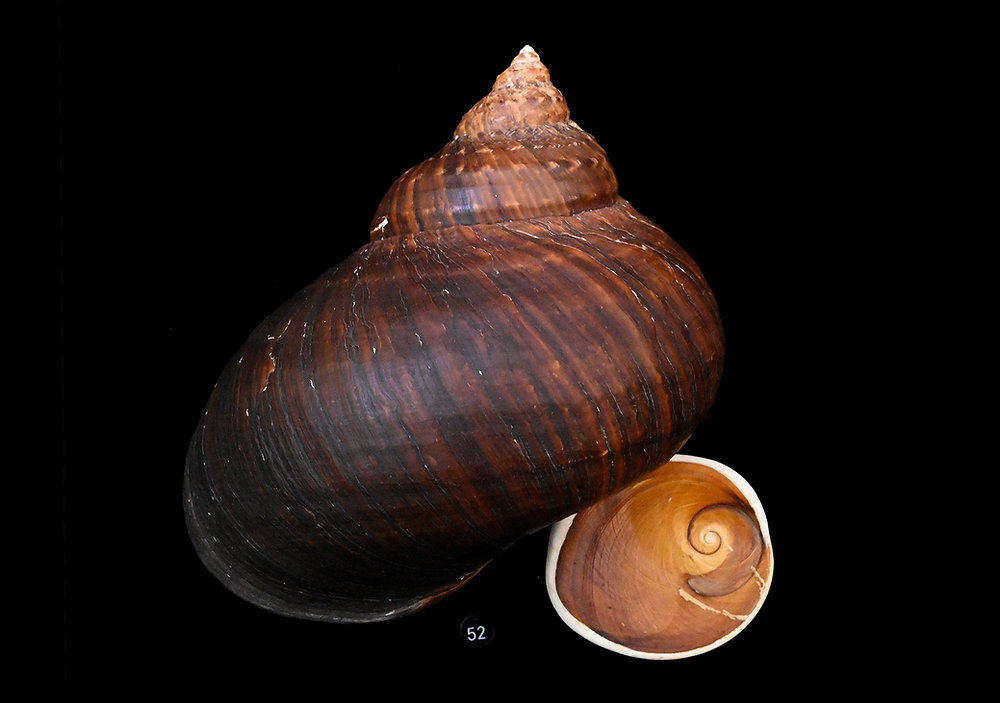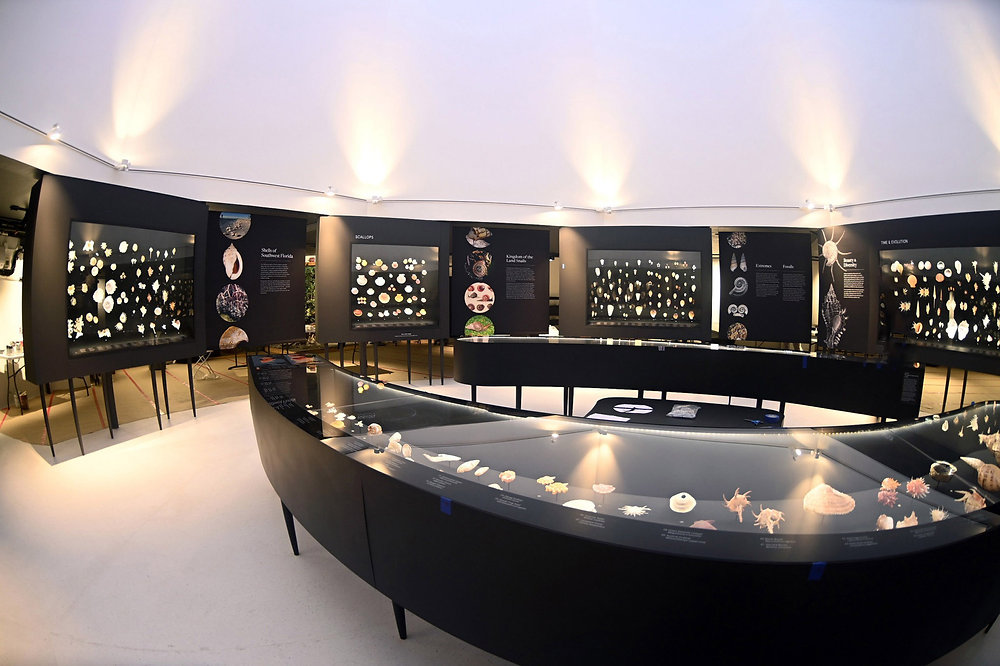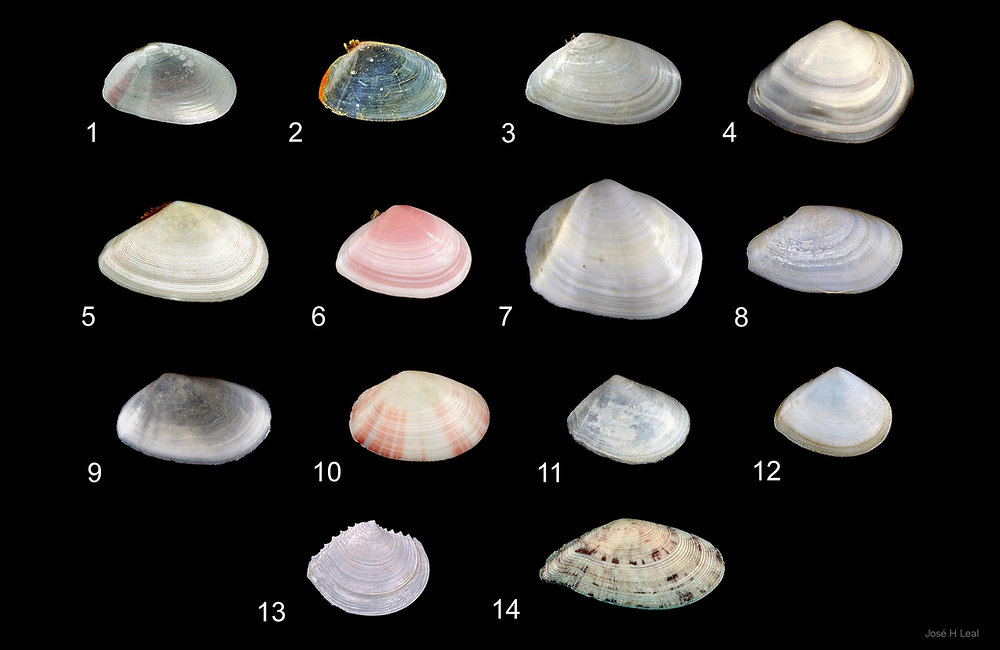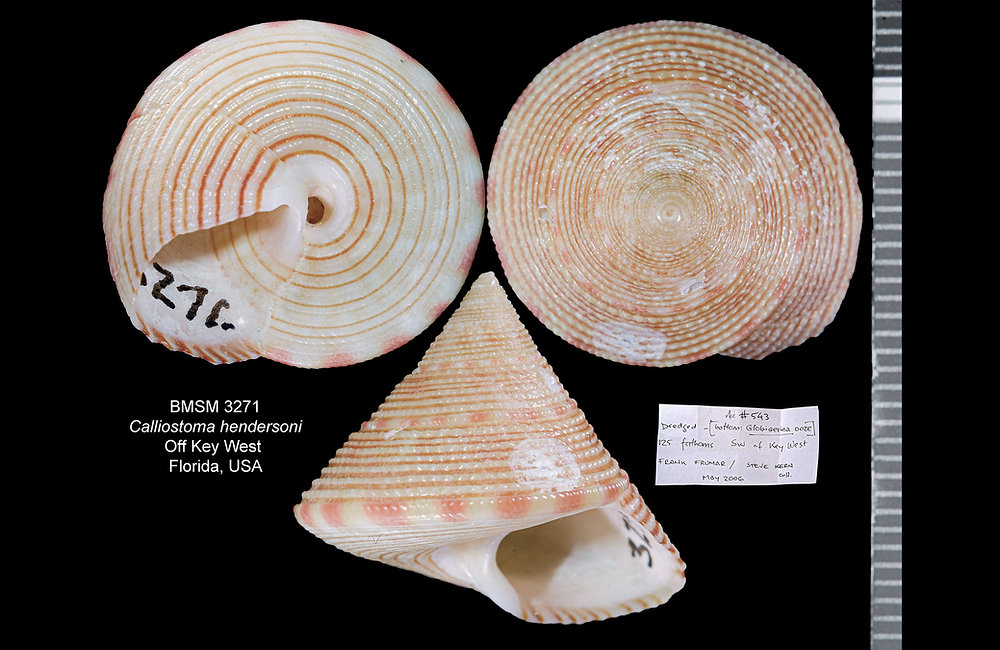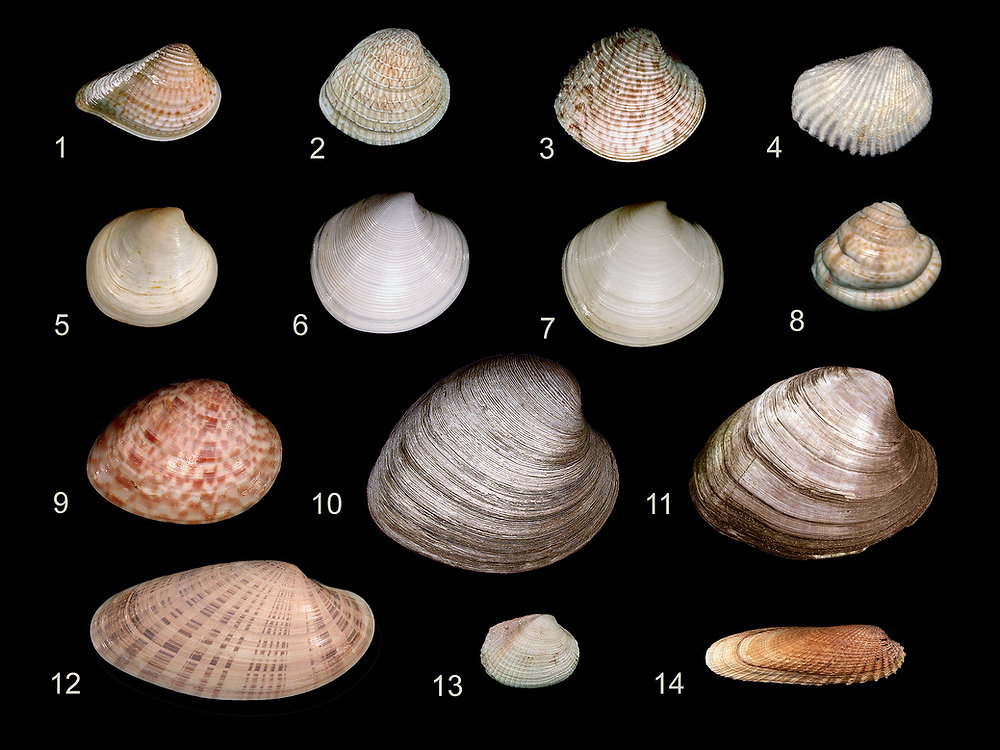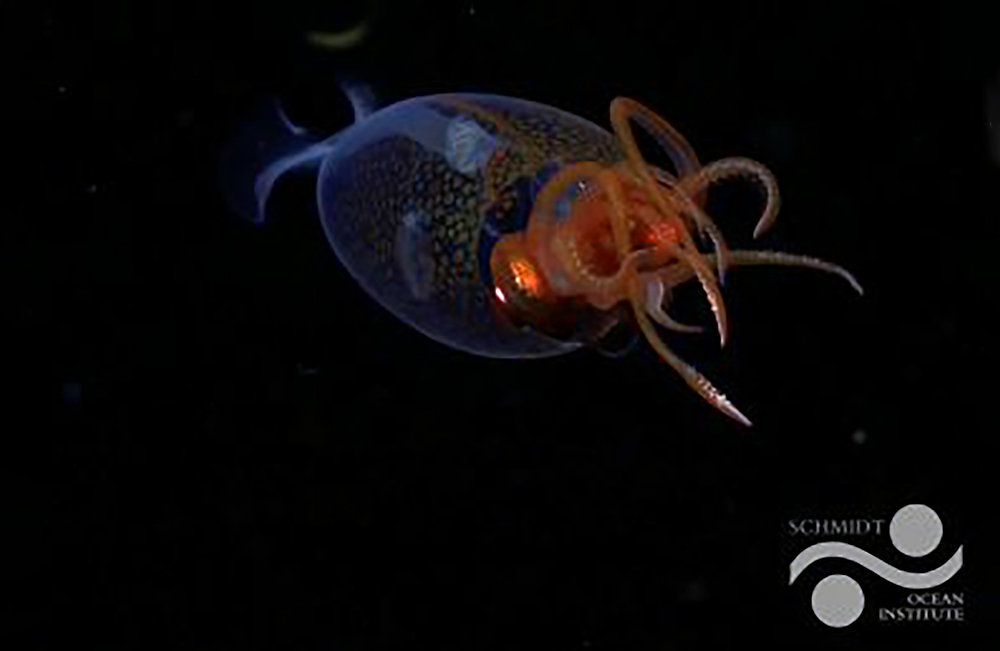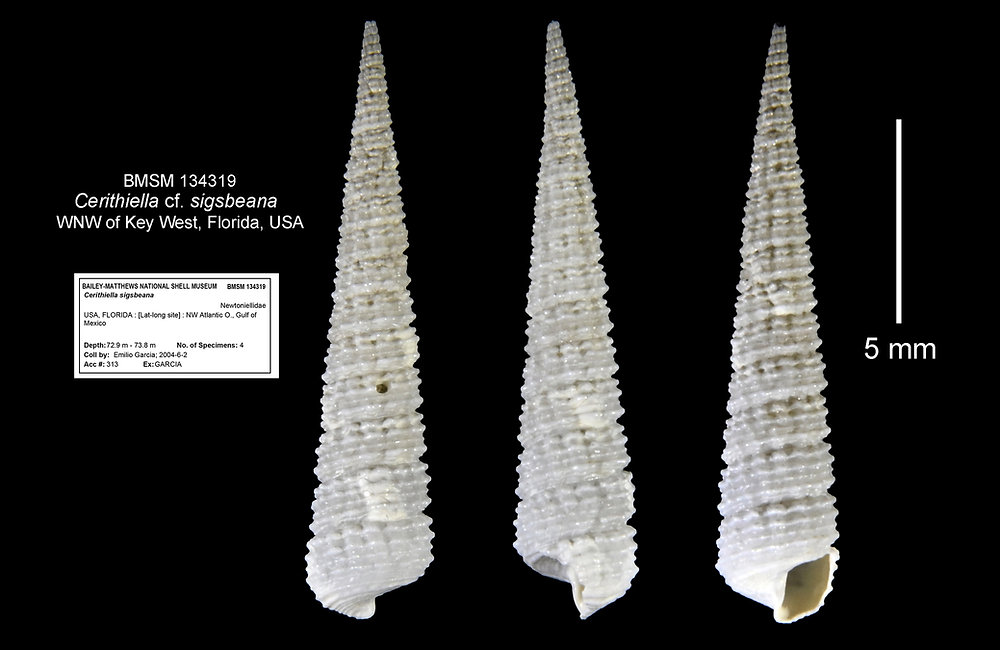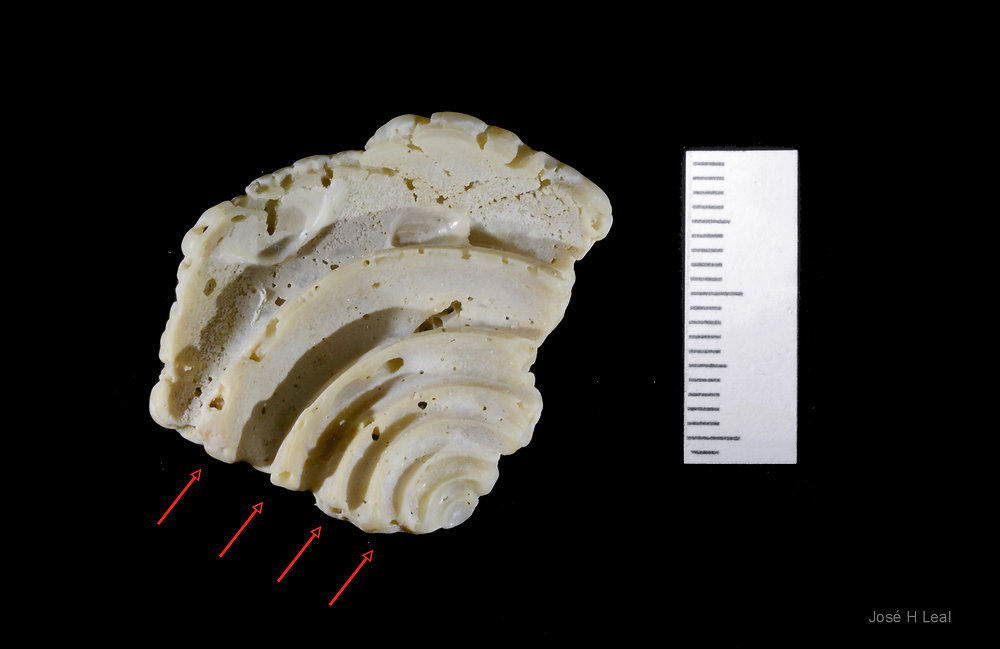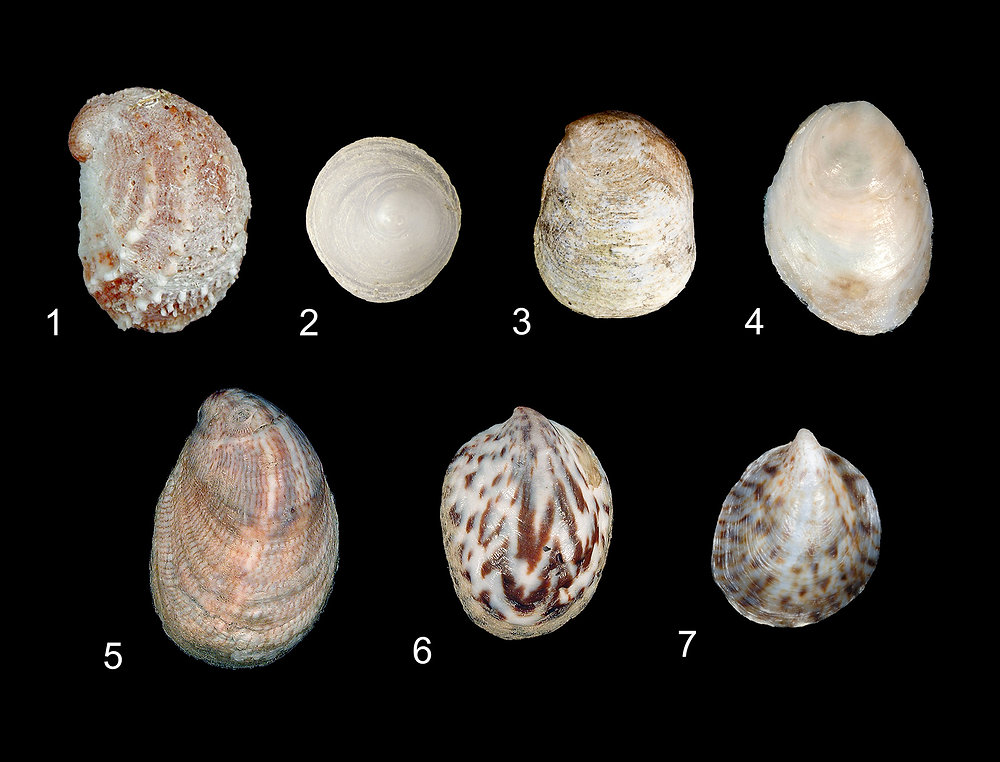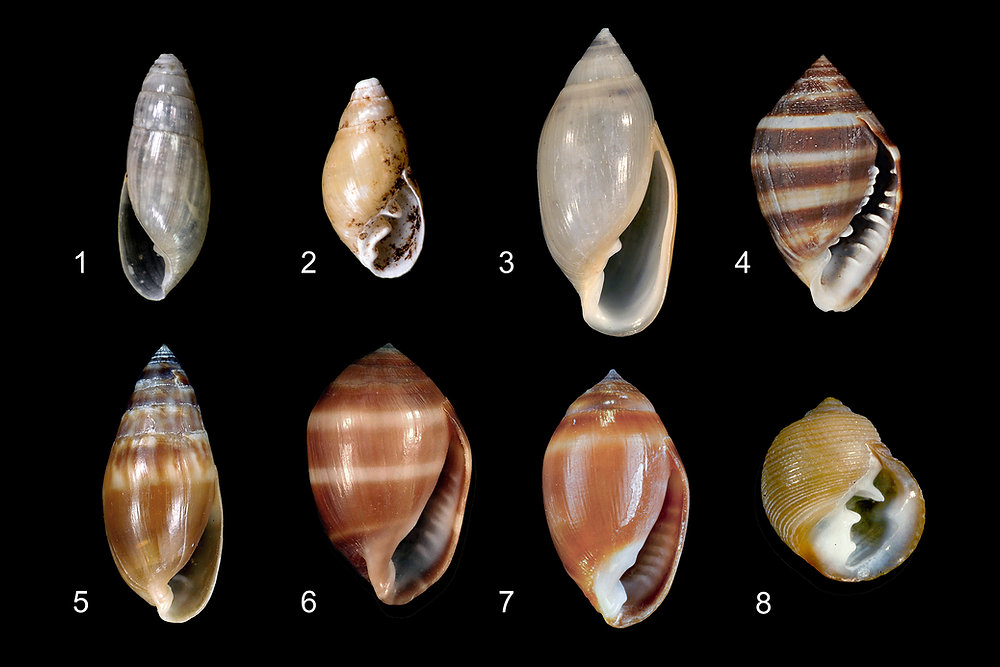
Melampus of Southwest Florida
Here is yet another episode of the “Family Pages” series: There at least 8 species of melampus and their relatives (family Ellobiidae) associated with mangrove ecosystems along the coast of Southwest Florida; here they are: 1 – Left-handed Melampus (Blauneria heteroclita); 2 – Amber Melampus (Creedonia succinea); 3 – White Melampus (Ellobium dominicense); 4 – Eastern Melampus (Melampus bidentatus); 5 – Bubble Melampus (Melampus bullaoides); 6 – Coffee Melampus (…
